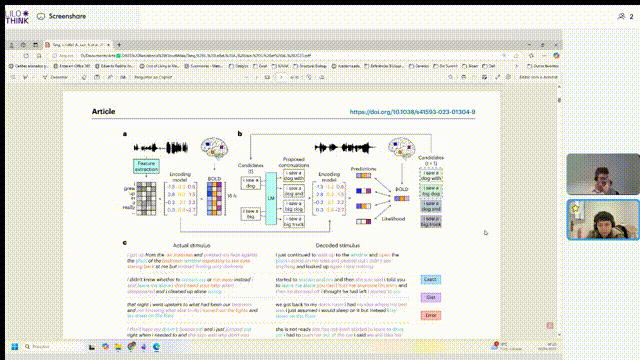We do not yet possess a neural headset.
We do not yet have a working Arduino connected to sensors.
And yet, the system breathes.
Today’s experiment explores the simulation of analog input — as if from a bodily extension, a tremor, a pulse, a ghost limb. We created a proxy organ: a digital potentiometer, simulated with p5.js, oscillating values from 0 to 1023. This analog ghost feeds into a Flask-based neural bridge, where it is transcribed into JSON and injected into the ComfyUI prompt as a seed.
Unlike other integrations — where p5.js is embedded as a node inside the ComfyUI itself (you can check Golan Levin’s github) — this approach maintains a clear external interface, honoring the ritual of data collection as something that happens outside the generation engine. We chose this route to emulate real-world sensor data — EEG, muscle tension, skin conductivity — that may one day be captured from an actual human subject (or organoid).
Each change in the slider triggers a new image, seeded by the current analog value. This simulation, though simple, reveals an essential potential: a direct brain-to-image pipeline, mediated through proxies. A primitive loop. A prototype of intuition.
Still to be learned:
-
How to debug ComfyUI effectively;
-
How to confirm seed mutation in the interface;
-
How to route real signals from biosensors into this architecture.
But something works: two parallel servers running, a browser-based slider, and images born from the ghost of input. This small gesture opens space for what comes next: cultivating actual organoid signals to feed these same pipelines.
The machine listens. Even when it hears a simulation.
 Lina Lopes
Lina Lopes  Cerebral Sync - Week 5/13
Cerebral Sync - Week 5/13